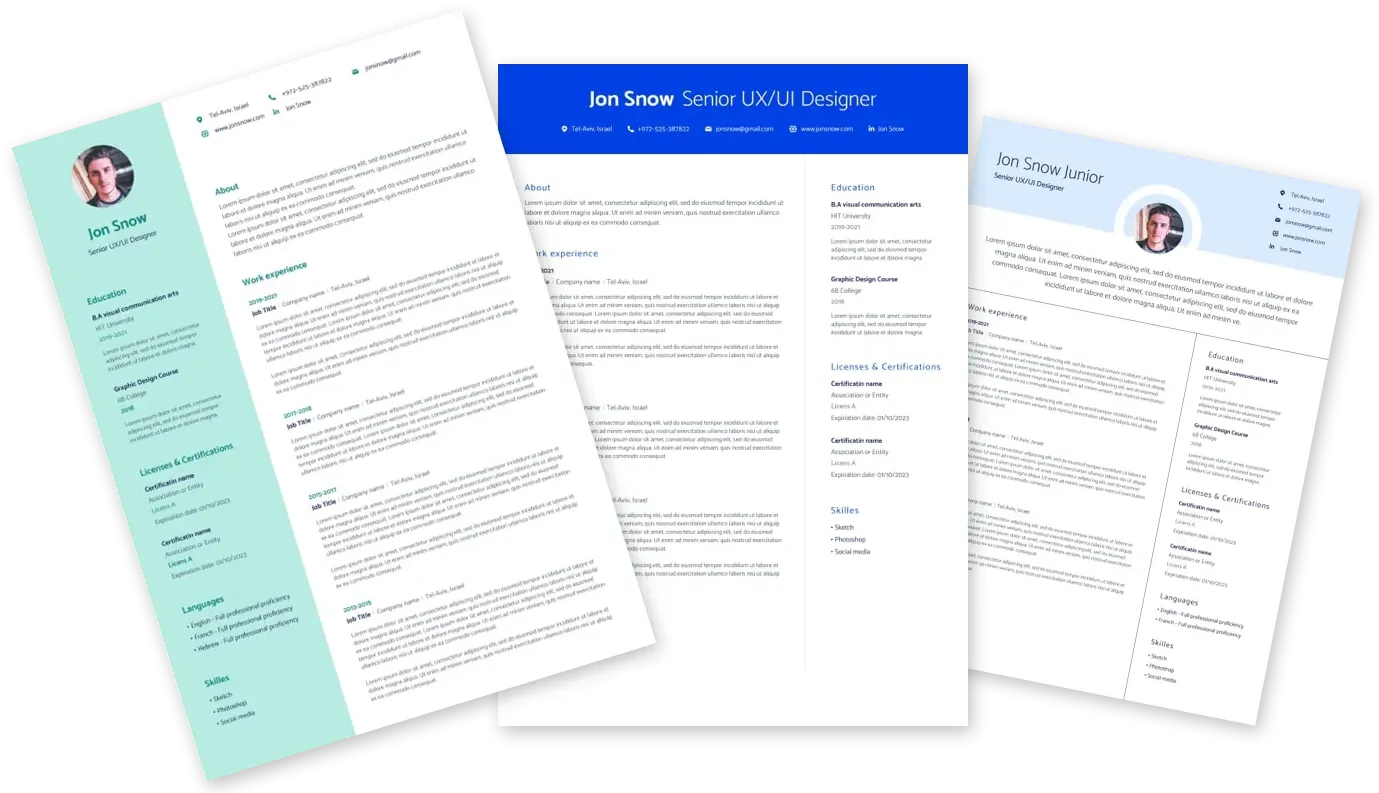
מציאת משרת הייטק בחברות הטובות ביותר מעולם לא הייתה קלה יותר

Intuit Senior Fraud Risk Analyst Kenya, Nairobi County, Nairobi 915878986
05.09.2025
Responsibilities
- Develop and maintain short-term and long-term capacity models to forecast staffing needs based on demand drivers, historical trends, seasonality, and business initiatives.
- Analyze intraday, daily, and weekly performance to identify variances in staffing, service levels, utilization , and other key operational metrics.
- Translate forecasted volumes and productivity assumptions into staffing plans and schedules for support teams, customer service, or operations staff.
- Partner with Workforce Scheduling, Business Leaders, Finance, and HR to align headcount needs with hiring plans and resource allocations.
- Conduct “what-if” scenarios and sensitivity analyses to evaluate the impact of business changes on workforce demand.
- Monitor and report real-time adherence, shrinkage, occupancy, and efficiency metrics , and make data-backed recommendations for optimization.
- Drive continuous improvement in forecasting methodologies, tools, and workforce analytics.
- Maintain documentation of planning assumptions, model inputs, and planning cycles to ensure transparency and audit readiness.
Required:
- Bachelor's degree in Business, Statistics, Mathematics, Operations Research, Industrial Engineering , or a related field.
- 3–5+ years of experience in workforce management, capacity planning, operations analytics , or similar roles.
- Strong working knowledge of WFM platforms (e.g., NICE, Verint, Genesys, Aspect, Calabrio) and Excel-based modeling .
- Experience with data querying and visualization tools (e.g., SQL, Tableau, Power BI, or similar).
- Strong understanding of forecasting techniques, resource planning metrics (AHT, occupancy, SLAs), and contact center dynamics.
Preferred:
- Experience supporting customer care, tech support, back-office ops , or gig-based service models in a technology company.
- Familiarity with Python or R for advanced modeling or automation.
משרות נוספות שיכולות לעניין אותך
